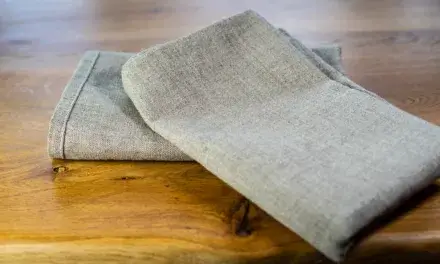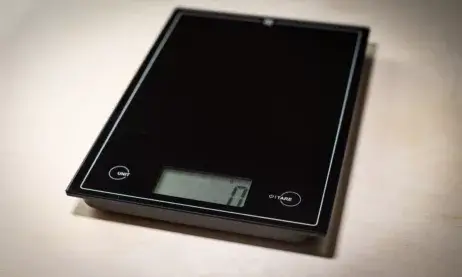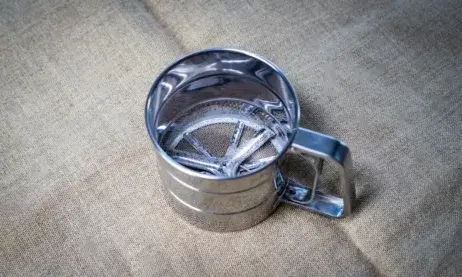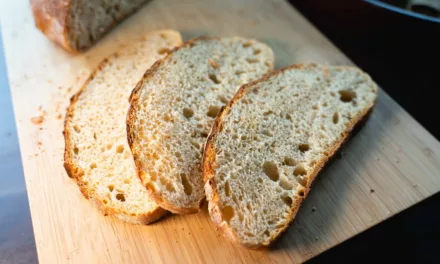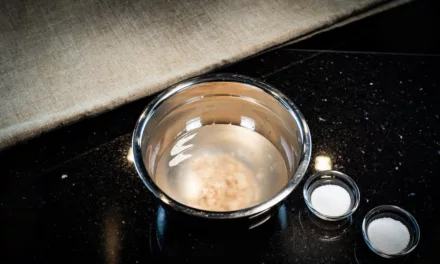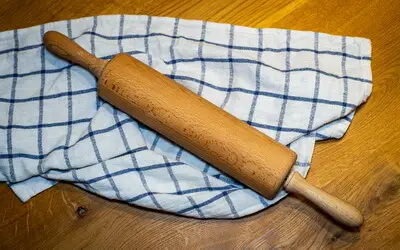Ready to elevate your artisan bread baking? This guide on the bakers couche is your key to perfect loaves.
Baking bread is an art with its own challenges. The dough might spread, or the crust might not form as desired. Enter the bakers couche, a simple tool that can solve these issues, helping you create bakery-quality bread at home.
With years of baking experience, I’ve seen the value of a good bakers couche. It’s transformed my bread baking, and I’m excited to share this knowledge with you. This guide covers everything from its importance to effective usage.
Excited to enhance your baking experience? Keep reading to discover the magic of a bakers couche.
Table of Contents
- What is a Bakers Couche?
- The Importance of Bakers Couche in Bread Making
- How to Use a Bakers Couche Properly
- Preparing the Couche
- Shaping and Proofing the Dough
- Transferring the Dough onto the Bakers Couche
- Proofing and Scoring the Dough
- Advantages of Using a Bakers Couche
- Types of Bakers Couche Materials
- Maintaining and Cleaning a Bakers Couche
- Common Mistakes to Avoid when Using a Bakers Couche
- Bakers Couche Alternatives
- Bakers Couche: A Must-Have Tool for Artisan Bakers
- Tips for Choosing the Right Bakers Couche
- Where to Buy a Bakers Couche
- Conclusion
- Frequently Asked Questions (FAQ)
Introduction to Bakers Couche
Are you an aspiring artisan baker looking to improve your bread-making skills? If so, you’ve probably come across the term “bakers couche.” In this article, we will delve into the world of bakers couche, its significance in bread making, and how to use it effectively. Whether you’re a seasoned baker or just starting your baking journey, understanding the benefits of a bakers couche will undoubtedly elevate your bread-making game.
What is a Bakers Couche?
A bakers couche, also known as a proofing cloth or a bread couche, is a traditional tool used by artisan bakers to support and shape their bread during the proofing process. It is typically made from a thick, coarse fabric such as linen or cotton. The primary purpose of a bakers couche is to provide structural support to the dough while allowing air circulation, which aids in the development of a desirable crust.
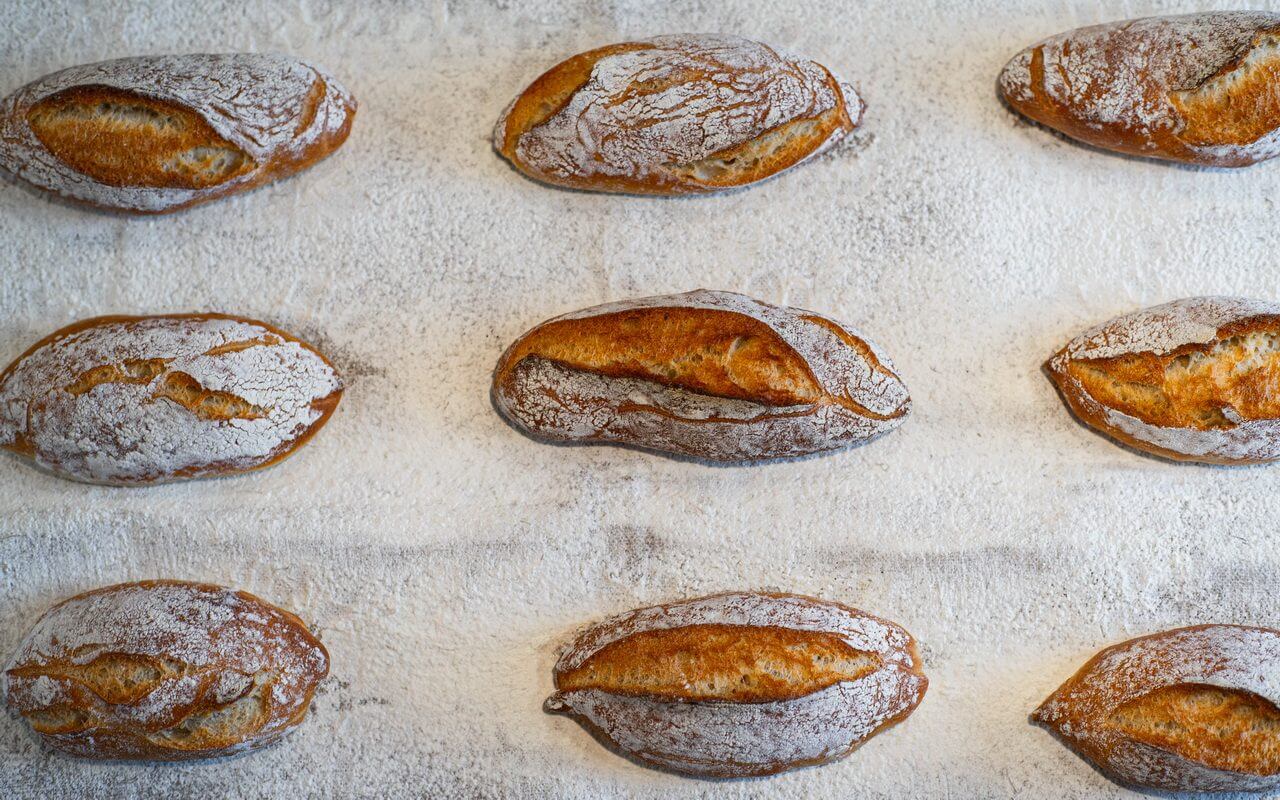
The Importance of Bakers Couche in Bread Making
Using a bakers couche during the proofing stage offers several advantages. Firstly, it helps maintain the shape of the dough, especially when working with slack or high-hydration doughs. The couche’s texture absorbs excess moisture from the surface of the dough, preventing it from spreading and losing its desired shape.
Secondly, the couche’s fabric creates a microenvironment that promotes optimal humidity around the dough. This controlled environment prevents the dough’s surface from drying out and forming a tough skin, ensuring a beautifully crispy crust when baked.
How to Use a Bakers Couche Properly
To make the most of your bakers couche, follow these steps:
- Preparing the Couche: Before using the couche, wash and dampen it slightly. Sprinkle it with a thin layer of flour or rice flour to prevent the dough from sticking.
- Shaping and Proofing the Dough: Shape your dough into the desired form, such as baguettes or batards. Place the shaped dough onto a floured surface, seam-side up, and cover it with a couche.
- Transferring the Dough onto the Bakers Couche: Gently lift the dough from the sides and fold it onto the bakers couche. Create dividers using the folds to keep the dough separate during proofing.
- Proofing and Scoring the Dough: Allow the dough to proof while resting on the bakers couche. Once ready, carefully transfer the proofed dough to a baking surface. Score the dough using a sharp blade or a bread lame to control the expansion and achieve the desired oven spring.
Advantages of Using a Bakers Couche
Using a bakers couche provides several advantages in bread making:
- Shape and Structure: The couche supports and maintains the shape of the dough during proofing, ensuring a consistent and professional appearance.
- Crust Development: The couche’s fabric absorbs excess moisture, allowing the dough’s surface to dry slightly and develop a desirable crust.
- Improved Air Circulation: The fabric texture of the couche allows air to circulate around the dough, promoting even fermentation and a more open crumb structure.
- Professional Results: By using a bakers couche, you can achieve bakery-quality bread with a crispy crust and tender interior.
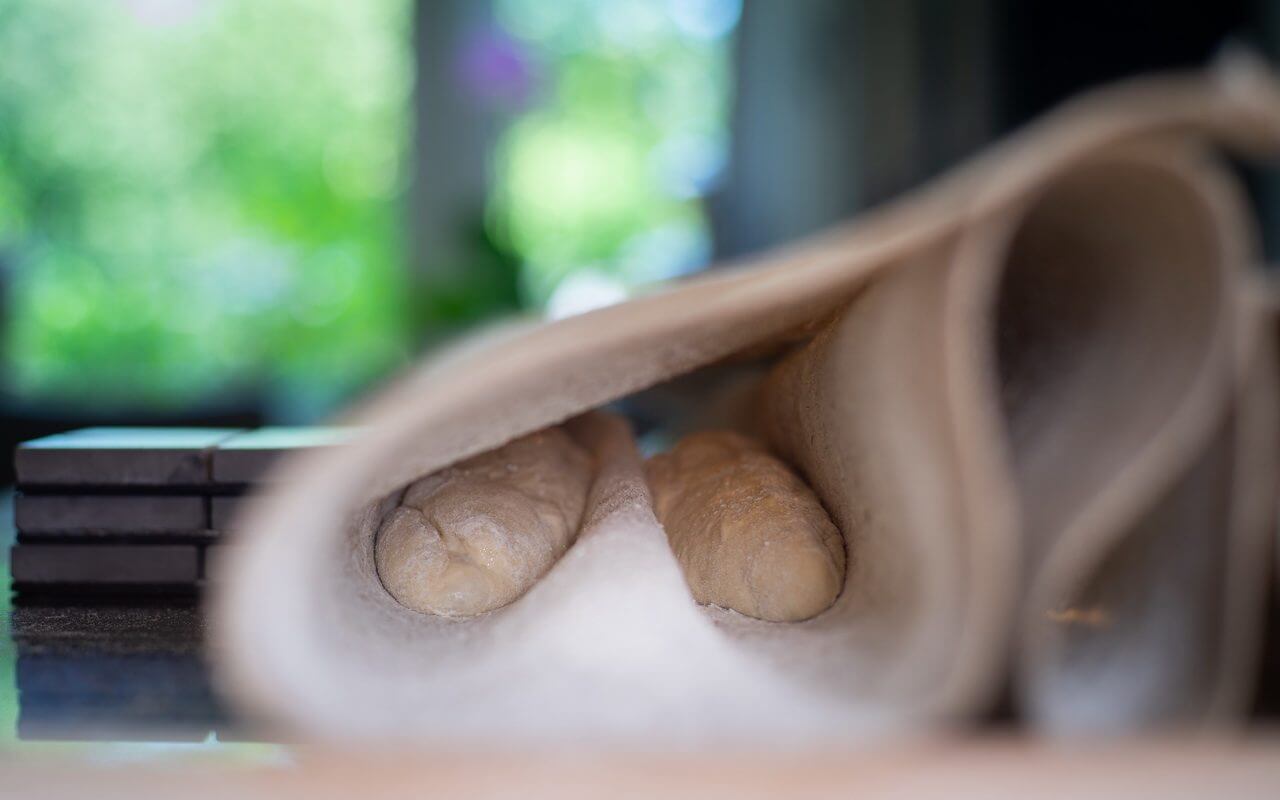
Types of Bakers Couche Materials
Bakers couche materials are traditionally made from linen or cotton, but there are also synthetic options available. Linen couche offers excellent moisture absorption and breathability, while cotton couche provides durability and easy maintenance. Choose a couche material that suits your preferences and baking needs.
Maintaining and Cleaning a Bakers Couche
To keep your bakers couche in optimal condition, follow these care instructions:
- Shake off Excess Flour: After each use, gently shake the couche to remove excess flour.
- Air Dry: Hang the couche in a well-ventilated area to dry thoroughly. Avoid using high heat or direct sunlight, as it can damage the fabric.
- Store Properly: Once dry, fold the couche neatly and store it in a cool, dry place to prevent mold or mildew.
Common Mistakes to Avoid when Using a Bakers Couche
While using a bakers couche is relatively straightforward, there are some common mistakes to avoid:
- Insufficient Flouring: Make sure to sprinkle enough flour or rice flour on the couche to prevent sticking. Insufficient flouring can cause the dough to adhere to the fabric.
- Improper Folding: When transferring the dough onto the couche, ensure proper folding to create dividers and maintain separation between dough portions.
- Over-Proofing: Keep a close eye on the proofing time to prevent over-proofing, which can lead to deflated or flattened dough.
- Using a Damp Couche: Avoid using a couche that is too damp, as it can make the dough overly wet and sticky.
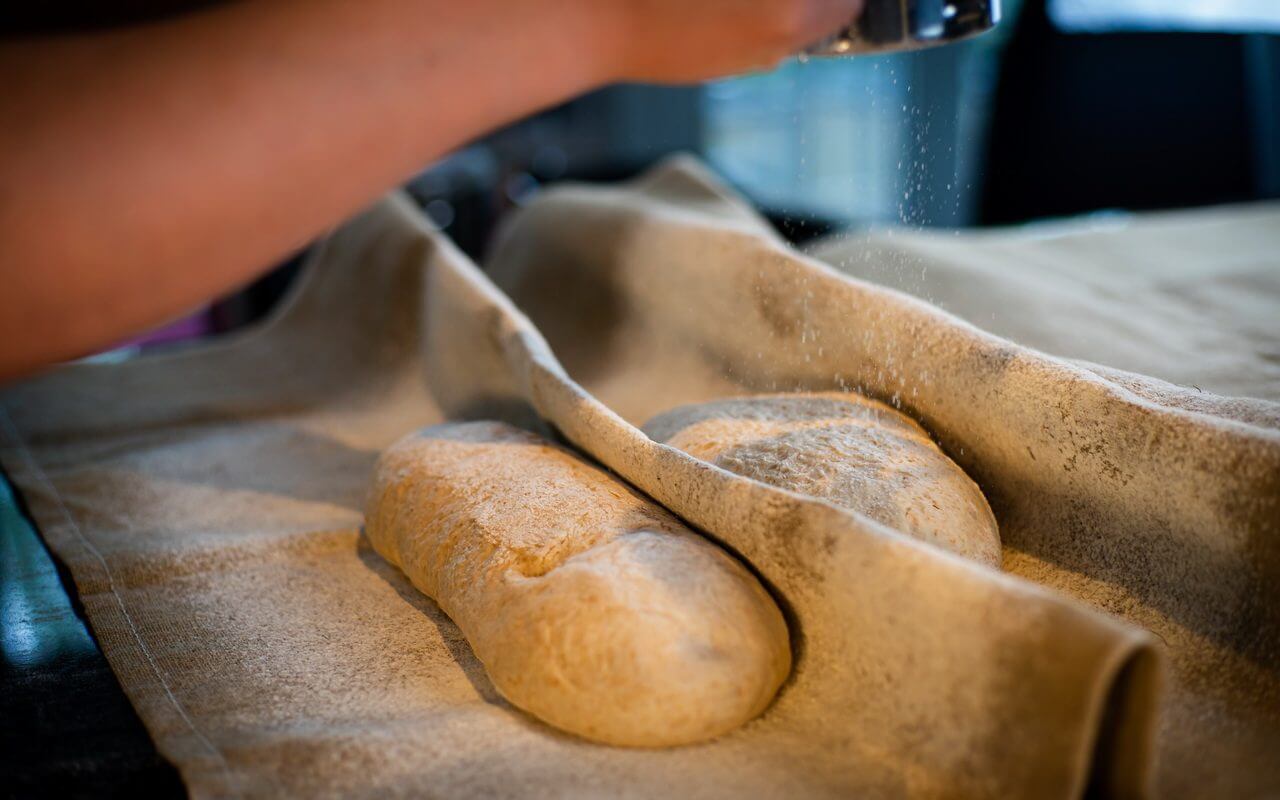
Bakers Couche Alternatives
If you don’t have a bakers couche, you can use alternative methods for proofing bread:
- Baking Stone or Sheet: Place the shaped dough directly on a preheated baking stone or sheet for proofing.
- Banneton Basket: Use a banneton basket, which is a round or oval-shaped proofing basket lined with linen or cane, to support and shape the dough.
- Parchment Paper or Baking Mat: Line a bowl or container with parchment paper or a baking mat, then place the shaped dough inside for proofing.
Bakers Couche: A Must-Have Tool for Artisan Bakers
Artisan bakers worldwide consider the bakers couche an indispensable tool. Its ability to support dough during the proofing process, enhance crust development, and create professional-quality bread is unmatched. Whether you’re a home baker or a professional, adding a bakers couche to your baking arsenal is a wise investment.
Tips for Choosing the Right Bakers Couche
Consider the following tips when selecting a bakers couche:
- Material: Opt for a couche made from natural fibers like linen or cotton for optimal moisture absorption and breathability.
- Size: Choose a couche that matches the size of your baking sheets or desired loaf shapes.
- Durability: Look for a couche that is sturdy and well-constructed to withstand frequent use and washing.
- Easy Maintenance: Select a couche that is easy to clean and maintain, as it will prolong its lifespan.
Where to Buy a Bakers Couche
You can purchase a bakers couche online from Amazon. Look for reputable suppliers that offer high-quality couche made from natural materials. Ensure the dimensions of the couche suit your baking needs.
One of these two should be more than enough for all your needs:
Conclusion
In conclusion, a bakers couche is an indispensable tool for artisan bakers looking to enhance their bread-making skills. Its ability to support the dough during proofing, promote proper crust development, and create professional-quality loaves cannot be overstated. By using a bakers couche, you can achieve consistent shapes, airy crumb structures, and crusts with a delightful crunch. Whether you’re a home baker or a professional, investing in a bakers couche will undoubtedly elevate your baking game and help you create bread that is both visually appealing and delicious. So, get yourself a bakers couche and embark on a journey to create artisanal bread that will impress and delight everyone who tastes it.
Frequently Asked Questions (FAQ)
Can I use a regular kitchen towel as a substitute for a bakers couche?
While a regular kitchen towel may work in a pinch, it is not ideal. The texture and thickness of a bakers couche are specifically designed to support the dough and allow air circulation. A kitchen towel may not provide the same results.
Can a bakers couche be reused?
Yes, a bakers couche can be reused many times. After each use, ensure it is thoroughly dried and free of excess flour before storing it.
How long does a bakers couche last?
The lifespan of a bakers couche depends on its quality and frequency of use. With proper care and maintenance, a couche can last for several years.
Can I use a bakers couche for other types of dough?
Absolutely! While bakers couche is commonly associated with bread dough, it can also be used for other types of dough that require proofing, such as bagels or buns.
Is a bakers couche necessary for baking baguettes?
While not absolutely necessary, using a bakers couche greatly improves the shape and texture of baguettes. It supports the dough during proofing, resulting in a more elongated and evenly shaped loaf.
In conclusion, a bakers couche is a valuable tool for artisan bakers, offering support, shape retention, and improved crust development during the bread-making process. With proper usage and care, it can enhance your baking skills and help you achieve professional-quality bread. So, get your bakers couche today and elevate your artisan bread baking experience!

